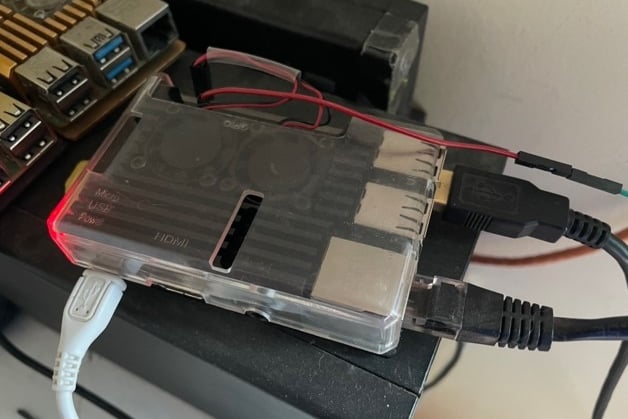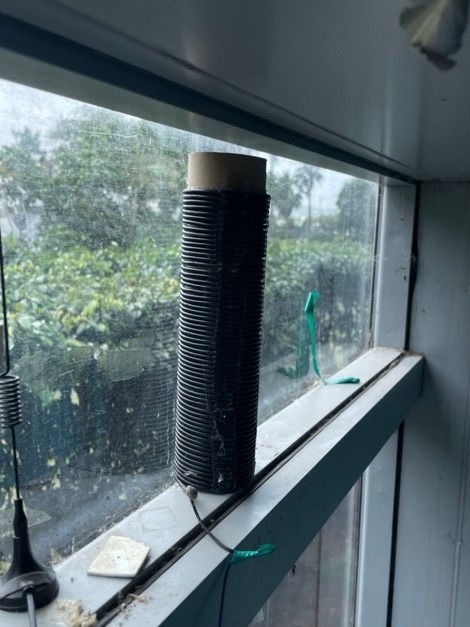
Frequency Modulation

Making an FM Radio Transmitter
After receiving tons of data from satellites, aircraft, radio stations, HAM operators, and more, I wanted to explore on how to ‘transmit’ on any of these radio frequencies myself. That was until I stumbled upon RPiTX, a software that allows the Raspberry Pi to transmit on radio frequencies between 30 and 1700 MHz. RPiTX essentially takes advantage of the hardware in the Raspberry Pi, enabling it to act as a transmitter. Of course, transmitting on most of these frequencies requires a license, so I opted to transmit on 434 MHz, a frequency that is available for free use here in India.
Setting up RPiTX wasn’t easy. The software needed several libraries and required manual configuration, especially when it came to adjusting the Raspberry Pi’s clock speed. After hours of work, I managed to get it up and running—only to encounter another problem. My transmissions would stop after about five seconds. I was stumped for a while, but after some research, I discovered the issue. I had installed the 32-bit version of Raspbian Lite (without a graphical interface), which was not ideal for my setup. After switching to a 64-bit version, everything finally started working as expected.
With the software running smoothly, I was able to transmit text signals at 434 MHz. However, I didn’t stop there. Since I already had my ADS-B receiver project running on a separate Raspberry Pi—tracking aircraft and feeding real-time data to global tracking systems—I decided to merge the two projects into one. My ADS-B receiver was already using a 64-bit proprietary OS, so installing RPiTX alongside it was straightforward. This time, everything worked perfectly, and I was successfully transmitting RF signals at 434 MHz with no issues.
To extend the range of my transmissions, I built my own antenna, aiming to maximize range without using a power amplifier. Even without an amplifier, I was able to achieve a range of about 800 meters at 434 MHz. The satisfaction of building a functioning FM transmitter using just a Raspberry Pi and some homemade hardware was immense, and it felt great to finally be transmitting signals on my own terms after spending so long collecting data from the skies.




xSpace.Space - Yash Xavier's Digital Space
Explore my Journey
My Personal Pursuits
© 2025. All rights reserved.
Showcase of Endeavour
Projects & Achievements
